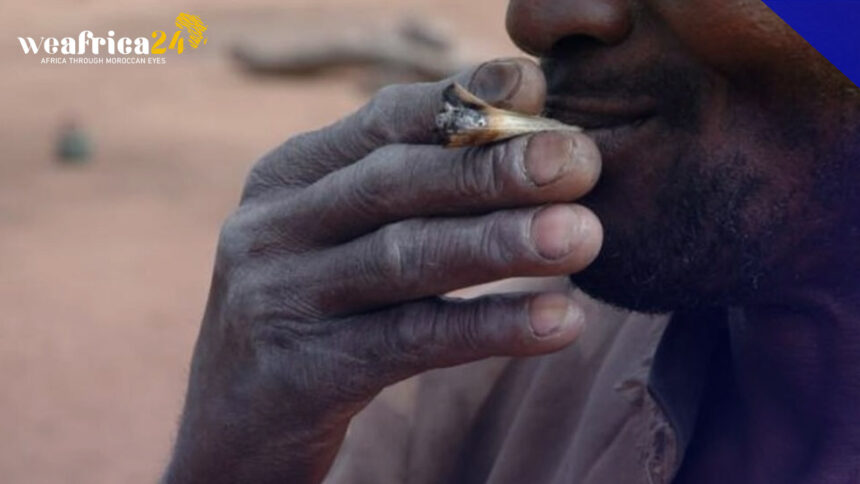The latest report from the United Nations Office on Drugs and Crime (UNODC), presented on Friday, April 19th, in Dakar, indicates a troubling trend, the Sahel region is becoming a focal point for drug trafficking. Over recent years, the UNODC has observed a surge in the production and consumption of cocaine, cannabis, and opioids in Sahelian countries.
Notably, armed groups have become increasingly involved, posing a significant threat to regional stability. This uptick in trafficking is starkly reflected in the record drug seizures made across the Sahel over the past decade.
The unprecedented seizures in recent years best exemplify the explosion of drug trafficking in the Sahel. Regarding cocaine, law enforcement seizures have skyrocketed from an annual average of 13 kilograms between 2015 and 2020 to over a hundred times that amount in 2022.
While West Africa remains a key transit point between cocaine-producing South America and an ever-consuming Europe, Francois Patuel, the UNODC’s Research Head for West and Central Africa, notes a shift towards local production. “For example, Niger recently dismantled two cocaine processing laboratories, indicating efforts by traffickers to increase local consumption. Crack cocaine is much cheaper than cocaine, allowing traffickers to reach a wider audience at lower prices,” he explains.
In addition to Moroccan cannabis and the opioid Tramadol, drug trafficking thrives in the Sahel, benefiting armed groups like certain Malian CSP rebels. Patuel emphasizes, “They can purchase weapons and influence by corrupting law enforcement agents in certain areas or elected officials.
For instance, following the seizure of 214 kilograms of cocaine in Niger in 2022, a mayor was arrested. The cocaine was found in his vehicle, with him inside.” Such incidents bolster armed groups and their destabilizing power in the Sahel.







